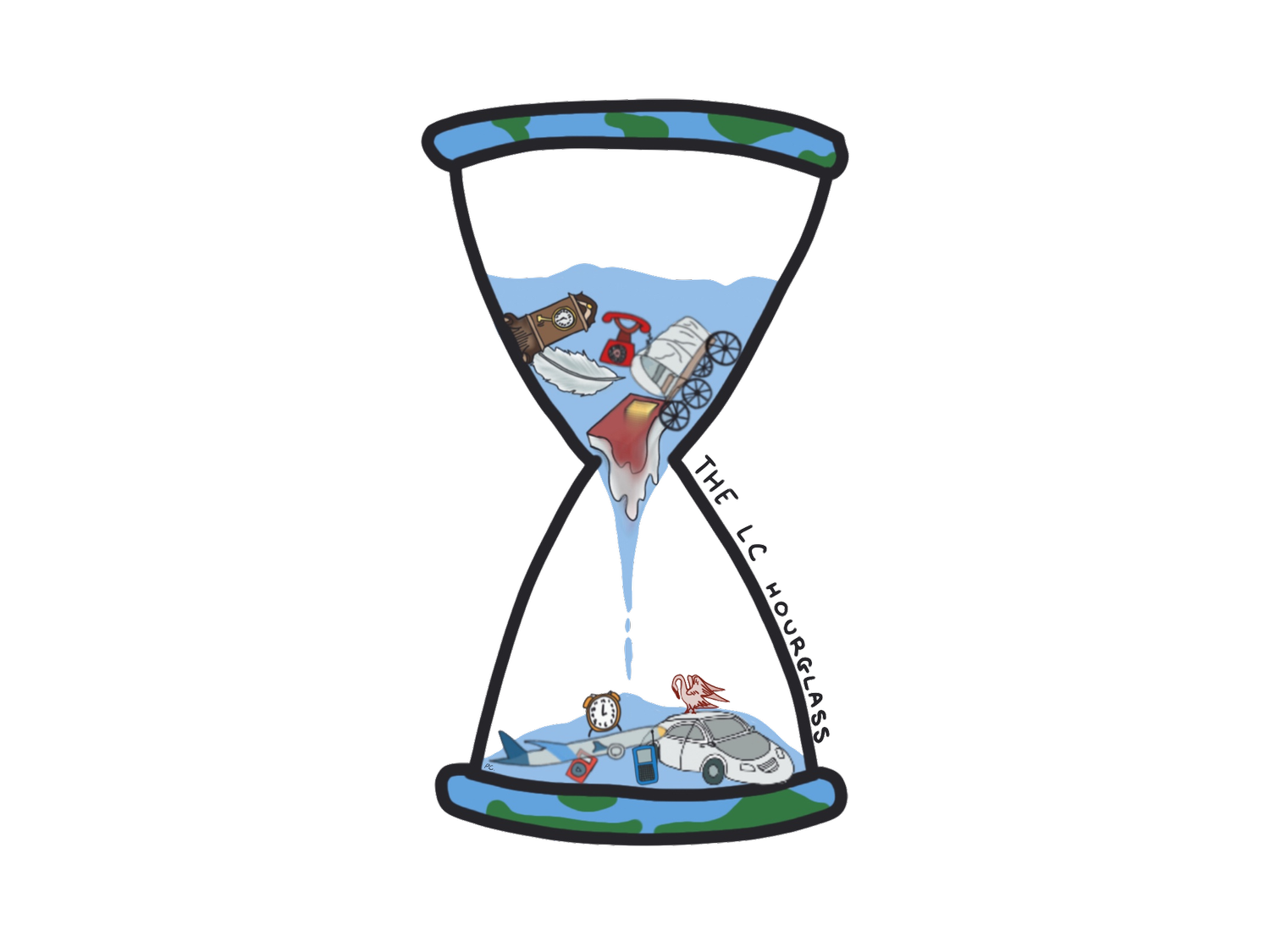Modern Independence and the Shift Away from a Monarchy
By Benjamin Whitehouse, 2026
Division in Spain is hardly new. Whether it was the 1714 War of the Spanish Succession, in which King Phillip V cracked down on the Catalans, or the civil unrest following Queen Isabella II’s accession to the throne in 1833 (Specia et al.). The 21st century’s conflicts between the Communicates Autonomas and Spain’s central government are not a breakaway from history. Rather, they are the continuation of hundreds of years of cultural, economic, military, and political conflicts within the diverse Iberian country of almost 50 million people.
The current governmental structure of Spain, officially the Kingdom of Spain, was adopted in the form of a constitution in 1978, following decades of Franco rule. The Spanish Constitution defines the country as a Constitutional Monarchy, with a defined legislature, executive, judicial, and monarchy. The Legislature, composed of two chambers; the Senado (Senate), and the Congreso de los Diputados (Congress of Deputies), holds much of the governing power. Along with the executive branch, headed by a Prime Minister (who is the head of government), and the judicial branch, highlighted by the Spanish Constitutional Court, Spain’s modern government resembles much of the rest of the “western” world in its power structure (Britannica).
What makes Spain distinct from many of its peers in the contemporary age is its preservation of the Crown. The Spanish Monarch is defined under the constitution as being the head of state and highest representative in foreign affairs. They are outlined as having powers that include ratifying laws, declaring wars, signing treaties (that have been decided on by the government), appointing the Prime Minister, and summoning (or dissolving) the legislature. Even with these prerogatives though, the Spanish monarchy is nearly powerless and completely symbolic. Like his counterpart in the United Kingdom, King Felipe VI holds a position which is almost unrecognizable from his predecessors during the height of the Spanish Empire.
Even with its relatively modern approach to governance, however, Spain has failed to escape its history of internal division. Just in 2017, Spain entered the international spotlight after the autonomous region of Catalonia, arguably one of the most recognizable internal regions in the world, held an illegal referendum for independence – and was met with military-style police invasions of polling stations around the region, and arrests of many high-profile politicians (Hedgecoe). Catalonia, alongside its fellow regions The Basque and Galicia, has its own language, culture, and historical identity as a nation. These factors, along with economic imbalances, have driven Spain’s autonomous regions to demand greater power – or in Catalonia’s case, complete independence. The 2017 referendum, though only with a 40% participation rate, was overwhelmingly in favor of independence. Catalonia and other autonomous regions argue partly against the structure of the Spanish government, in which they claim fair representation is not achieved. They point to the Senado for instance, in which only 1/5 of the senators are representatives of the autonomous communities. Following King Felipe’s 2017 comments blasting the Catalan independence referendum, the government in Catalonia has rallied against any form of the Monarchy. In 2018, the legislature demanded the abolition of the entire monarchy itself (this was blocked by the Constitutional Court), in 2020 the Parliament called on the government not to invite King Filipe to any events in the region, and in 2020 they requested that the Swiss government freeze accounts that former Monarch Juan Carlos held in the country (Jordan).
These official actions, paired with passionate demonstrations, pose an existential question both for Catalonia and the wider Spanish state. At what point will the cost of maintaining unity be too much? And while Spain continues to fight for what it wants its future to look like, the rest of the world will be observing from afar another example of whether monarchies have a role to play in the 21st century.
Bibliography:
Britannica. 2019. “Spain - Government and Society | Britannica.” In Encyclopædia Britannica. https://www.britannica.com/place/Spain/Government-and-society.
Hedgecoe.“The Beginning of the End? Catalan Amnesty Stirs up a Political Storm in Spain.” 2023. POLITICO. September 15, 2023. https://www.politico.eu/article/spain-catalan-amnesty-stir-up-political-storm/.
Jordan.“How Unpopular Is the Spanish Monarchy in Catalonia?” 2020. Catalan News. October 8, 2020. https://www.catalannews.com/society-science/item/how-unpopular-is-the-spanish-monarchy-in-catalonia.
Specia, Megan, Rick Gladstone, and Raphael Minder. 2017. “Spain Is a Collection of Glued Regions. Or Maybe Not so Glued.” The New York Times, October 29, 2017, sec. World. https://www.nytimes.com/2017/10/29/world/europe/spain-autonomy-catalonia.html.
